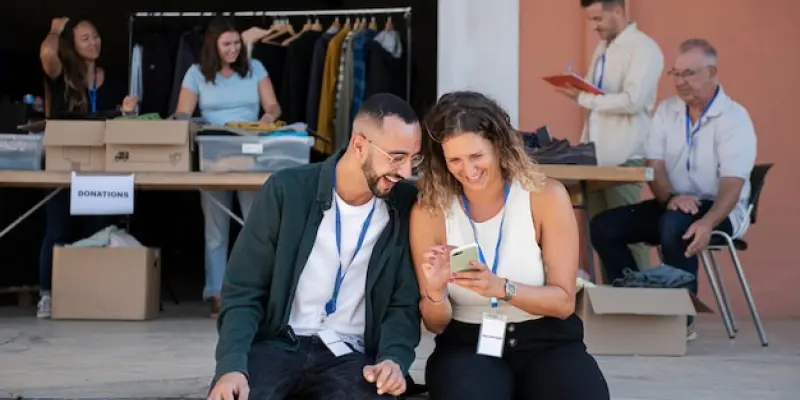What if your next B2B event could transform isolated interactions into seamless, comprehensive experiences that engage audiences both virtually and in person? As hybrid models rapidly change the landscape of events, a surprising statistic reveals that many companies are now employing virtual elements to triple audience retention. Yet, they continue to face hurdles in engaging attendees long-term, especially in hybrid settings that combine in-person and digital experiences.
Evolution of B2B Events
The landscape of B2B events has undergone significant changes, moving beyond fragmented engagements toward cohesive experiences. Modern trends emphasize personalization and sustained audience interaction, driving marketing efforts that focus on relevant connections. Companies now navigate a new set of challenges; these include maximizing audience reach and ensuring return on investment (ROI) in increasingly digital-centric environments. Hybrid events have surfaced as practical solutions, attempting to marry physical presence with digital engagement for more substantial impact.
Unpacking the Virtual Sandwich Method
The virtual sandwich method revolutionizes event planning, integrating digital layers into traditional formats. This approach involves pre-event digital interactions coupled with the live event itself, and post-event engagements. Notable examples, such as Adobe’s usage and Salesforce’s implementation, underscore the effectiveness of this strategy, showing increased participation and enhanced business results. Digital platforms play a pivotal role in this method, expanding audience engagement while offering insights through data collection and analytics, ultimately refining event content and outreach.
Industry Insights and Experiences
Event marketing professionals emphasize the strategic importance of hybrid approaches to create memorable and impactful experiences. Surveys indicate attendees favor personalized, hybrid events, appreciating tailored information delivery. Anecdotes from event organizers highlight transformative power in virtual engagements, enabling deeper audience interactions before and after in-person events. One organizer revealed attendees had a 75% higher retention rate when introduced to event content virtually prior to live participation.
Implementing the Virtual Sandwich: Strategy and Framework
Integrating the virtual sandwich method requires a clear strategy framework that addresses key aspects like pre-event engagement and live event execution. Actionable steps involve leveraging webinars, Q&A sessions, and engaging content to foster attendee interaction and spark interest. AI-driven content recommendations further personalize experiences, ensuring relevance and connection. Utilizing matchmaking tools allows companies to facilitate meaningful interactions based on shared interests and objectives, resulting in redefined networking opportunities distinct from traditional formats.
Crafting Success in B2B Events
The integration of digital elements transformed B2B events in ways that expanded reach and engagement. Companies found ways to synthesize online and physical components, creating memorable attendee experiences. The virtual sandwich method emerged as a pivotal strategy, exceeding traditional limitations and paving the way for sustained engagement and improved business outcomes. For companies seeking to engage audiences effectively, embracing this method marked a progressive step in transforming isolated events into vibrant, interconnected experiences that continue to resonate well beyond the event conclusion.

